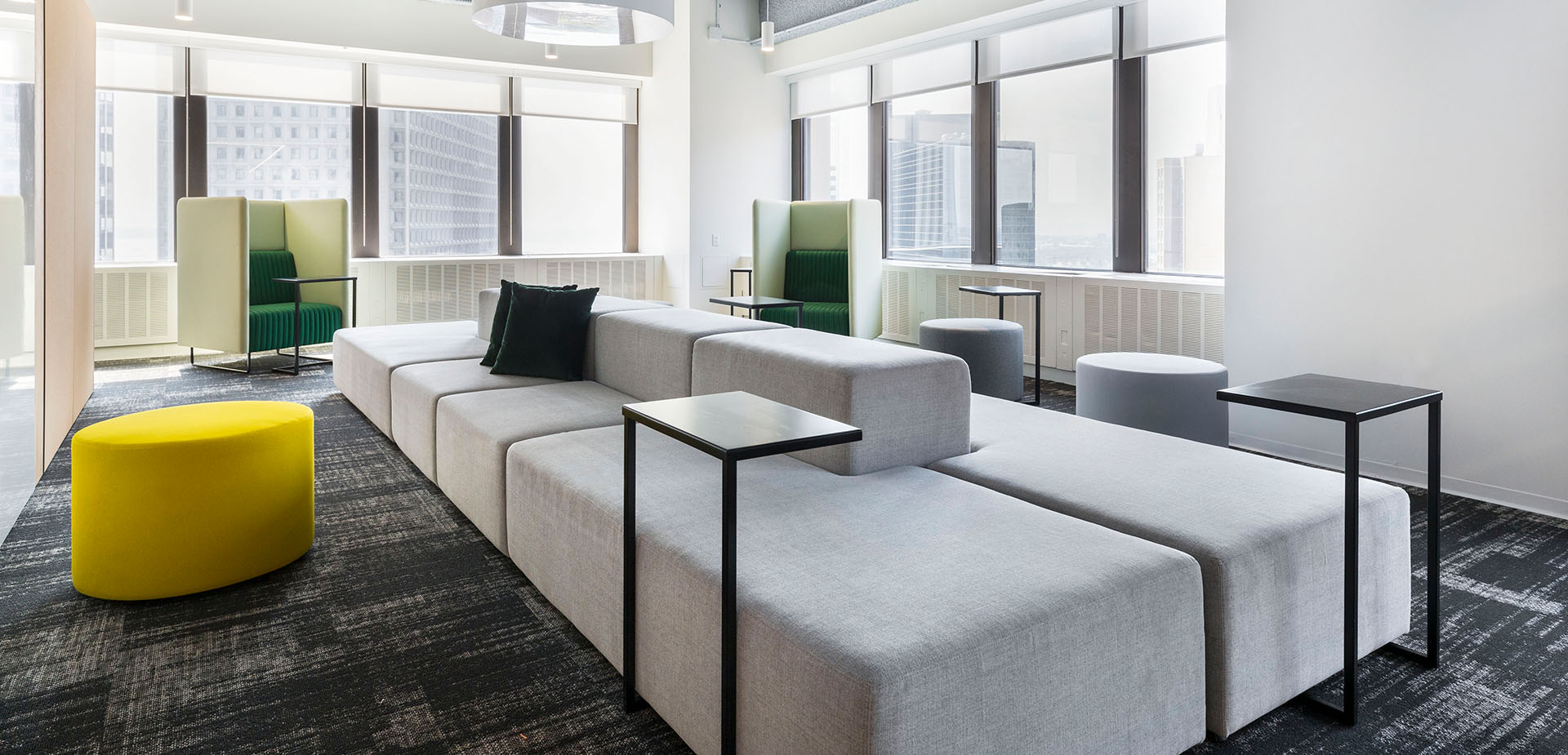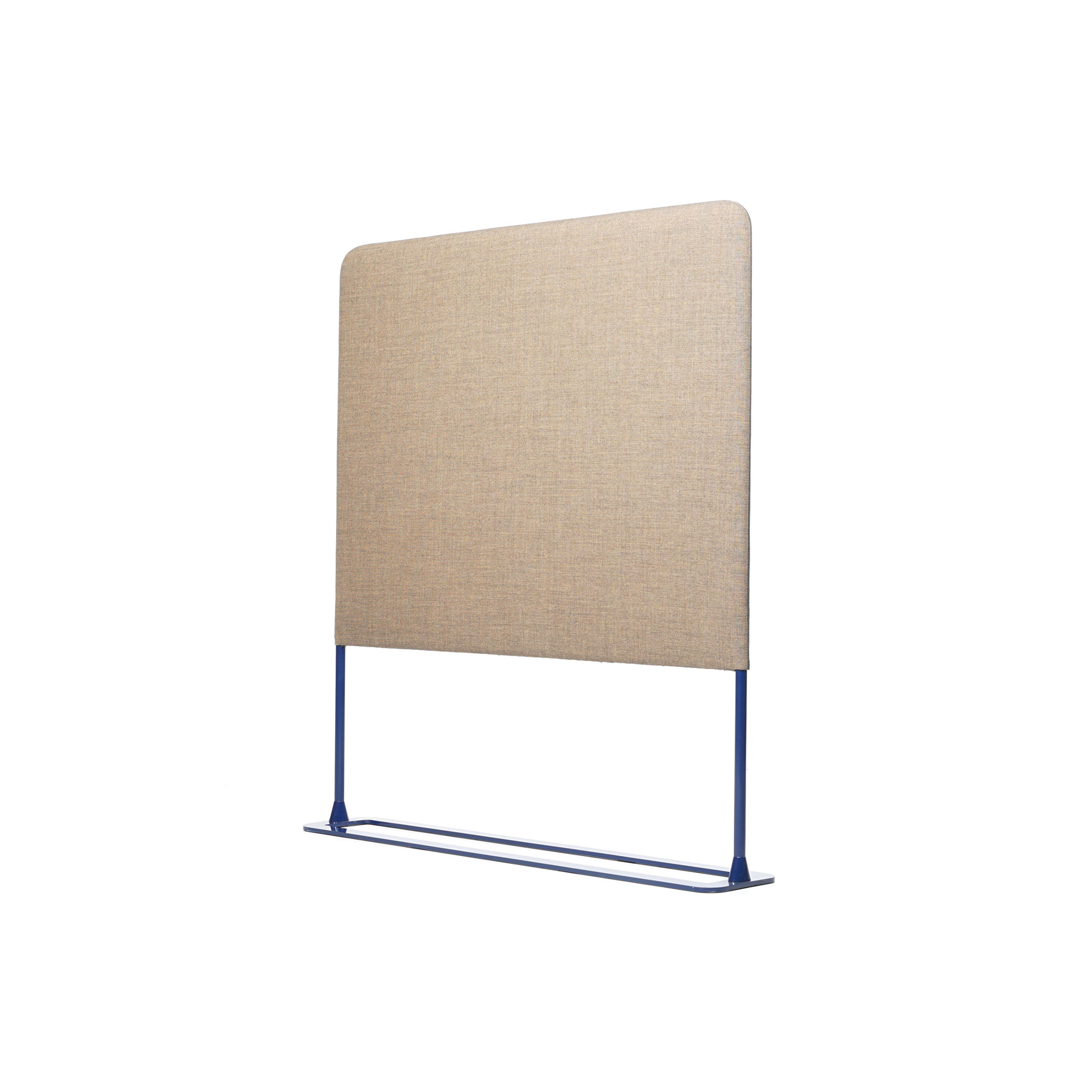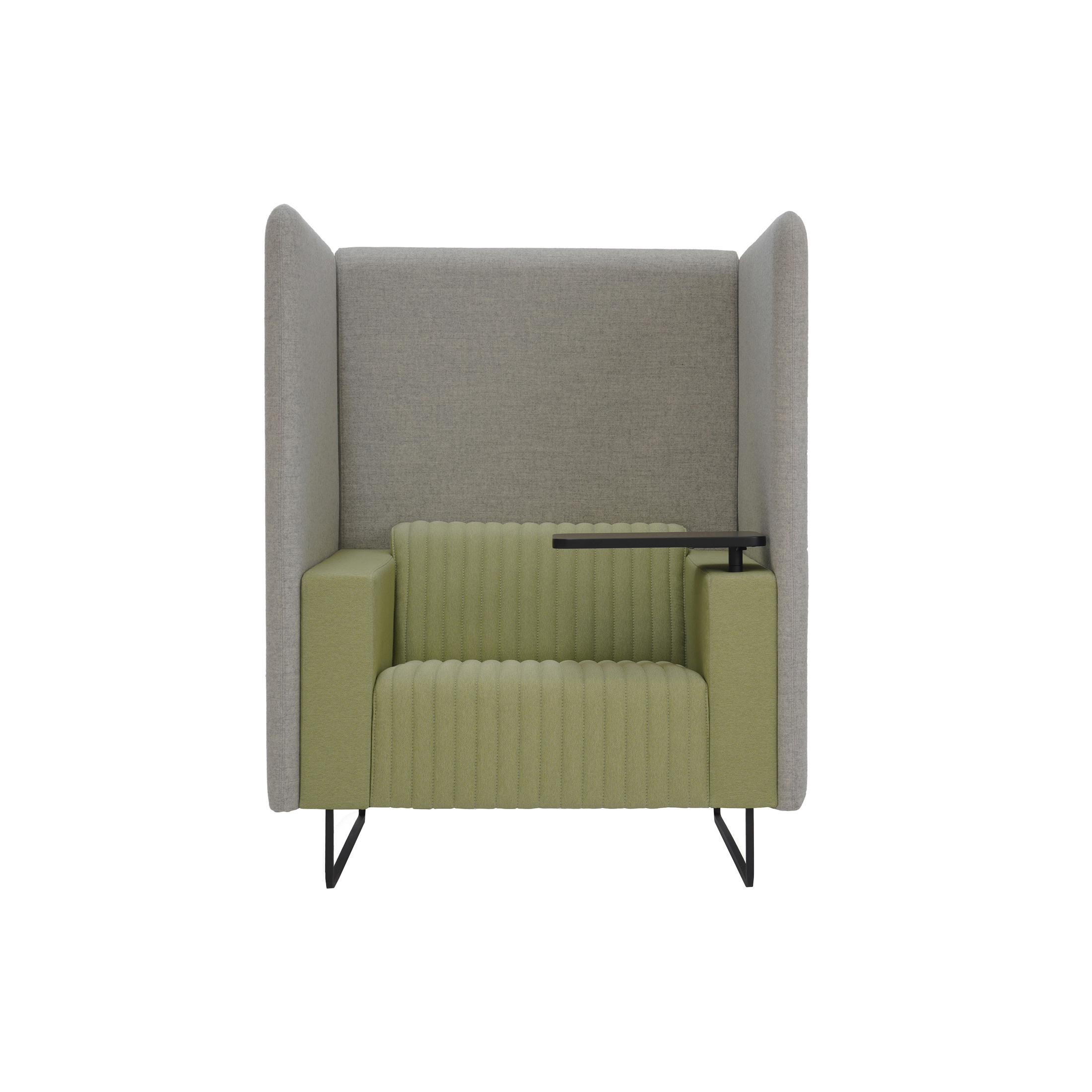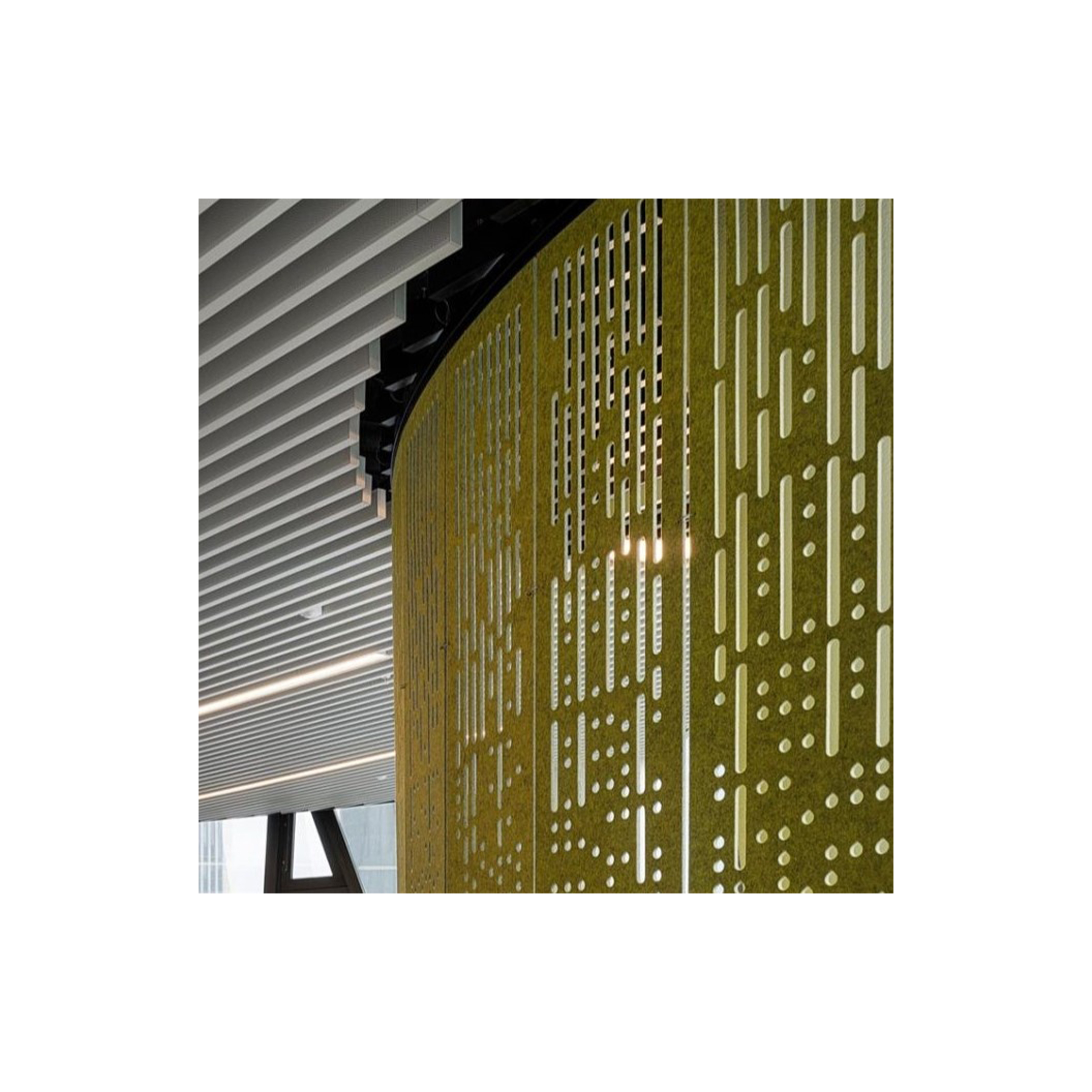-
As 2025 is here, the landscape of office design and furniture is undergoing a profound transformation, driven by the widespread adoption of hybrid work models.
In this comprehensive exploration, we will delve into the innovative world of flexible furniture solutions shaping the future of workspaces, from modular designs that effortlessly reconfigure to accommodate changing team dynamics to smart furniture integrated with cutting-edge technology that revolutionizes productivity, employee well-being, and organizational efficiency.
-
-
The Evolution of Workplace Design
The journey towards flexible workspaces has been a gradual but transformative process, marked by significant milestones that have shaped our current understanding of effective office design. To fully appreciate the innovative solutions emerging in 2025, it’s essential to trace the evolution of workplace design over the past few decades.
From Cubicles to Open Plans
In the late 20th century, there was a significant shift from rigid cubicle layouts to more open floor plans. This change aimed to encourage collaboration and reduce organizational hierarchies. However, moving toward open offices introduced challenges, such as increased noise levels and a need for more privacy.
-
-
The Rise of Activity-Based Working
As we entered the 21st century, the concept of activity-based working gained traction. This approach recognized that employees engage in various daily tasks, each requiring different environments for optimal performance. Workspaces began incorporating open areas, quiet zones, and collaborative spaces to support diverse work styles.
-
The Impact of Technology on Workspace Design The rapid advancement of technology has played a crucial role in evolving the workplace. The introduction of laptops, smartphones, and cloud-based tools has freed employees from fixed workstations, allowing greater mobility within and beyond the office. This technological shift has paved the way for more flexible and adaptive furniture solutions.
-
The Emergence of Hybrid Work Models
The concept of hybrid work, blending remote and in-office experiences, has emerged as a dominant paradigm shaping the future of work. This model offers numerous benefits for employees and employers but presents unique challenges regarding space utilization and furniture design.
Defining Hybrid Work
Hybrid work models typically combine remote work with in-office presence, allowing employees greater flexibility in where and when they work. This approach can take various forms, from set schedules alternating between home and office to more fluid arrangements based on individual and team needs.
-
SD Divider
-
The Role of Furniture in Supporting Hybrid Work
As we look ahead to 2025, furniture design plays a crucial role in addressing the evolving needs of workspaces. Flexible furniture solutions are essential for creating environments that adapt to changing requirements, support various work modes, and seamlessly integrate in-person and remote collaboration technology.
Flexible furniture is crucial in transforming spaces for different purposes. It enables quick adjustments to create private workstations or collaborative areas. Essential features include interlocking components, lightweight materials, and standardized sizes. By 2025, integrating technology into furniture will be increasingly vital. This will involve wireless charging surfaces, built-in power outlets, and smart sensors for occupancy tracking to enhance hybrid work environments.
-
Mona
-
Rain
-
Ergonomic adaptability is essential as employees balance home and office work. This highlights the need for height-adjustable desks and customizable chairs. Space-saving designs, such as foldable desks and multifunctional pieces, are essential for maximizing real estate. Additionally, acoustic considerations will be vital for managing noise in flexible workplaces, with sound-absorbing materials and freestanding pods included in the design.
Incorporating biophilic elements, such as natural materials and organic shapes, can enhance well-being and productivity. Smart furniture will further transform these environments by featuring sensor integration for posture monitoring, connectivity for IoT systems, and user customization options. Examples include intelligent desks with automated height adjustments and connected seating that promotes better posture. Overall, the future of office furniture will focus on creating adaptable, tech-enabled environments that prioritize employee comfort and efficiency.
-
Psychological Considerations in Furniture Design
Furniture designers increasingly focus on psychological factors contributing to overall well-being beyond physical comfort. Creating personal space has become essential in open and flexible environments. This can be achieved through modular screens and dividers quickly repositioned to suit different needs, as well as furniture that incorporates built-in storage for personal items.
Additionally, features like enclosed pods or booths provide areas for private work or relaxation, helping to create a comfortable atmosphere where individuals can feel secure and focused.
Color also plays a crucial role in furniture design, significantly impacting mood and productivity. Calming hues like blues and greens are often utilized in focus areas to promote concentration, while energizing yellows and oranges can enliven collaborative spaces. Designers usually opt for neutral tones balanced with accent colors to maintain visual interest and harmony.
-
-
The Role of Artificial Intelligence in Shaping Future Flexible Workspaces
Integrating Artificial Intelligence (AI) into flexible furniture and workspace design has become essential for transforming work environments. As we look towards 2025 and beyond, AI’s influence is expected to expand. This will include advanced natural language processing for more intuitive interactions, augmented reality (AR) to enhance spatial awareness, emotional AI responding to employees’ moods, and quantum computing, enabling complex space optimization and predictive modeling.
In conclusion, artificial intelligence (AI) is set to transform the design and management of flexible workspaces significantly. By leveraging machine learning, predictive analytics, and personalization, AI can create work environments that are more efficient, adaptable, and better aligned with the needs and preferences of individual employees. The future of flexible workspaces lies in the thoughtful combination of AI capabilities with human-centered design principles, resulting in environments that are responsive, intelligent, and supportive of the diverse needs of a hybrid workforce.






